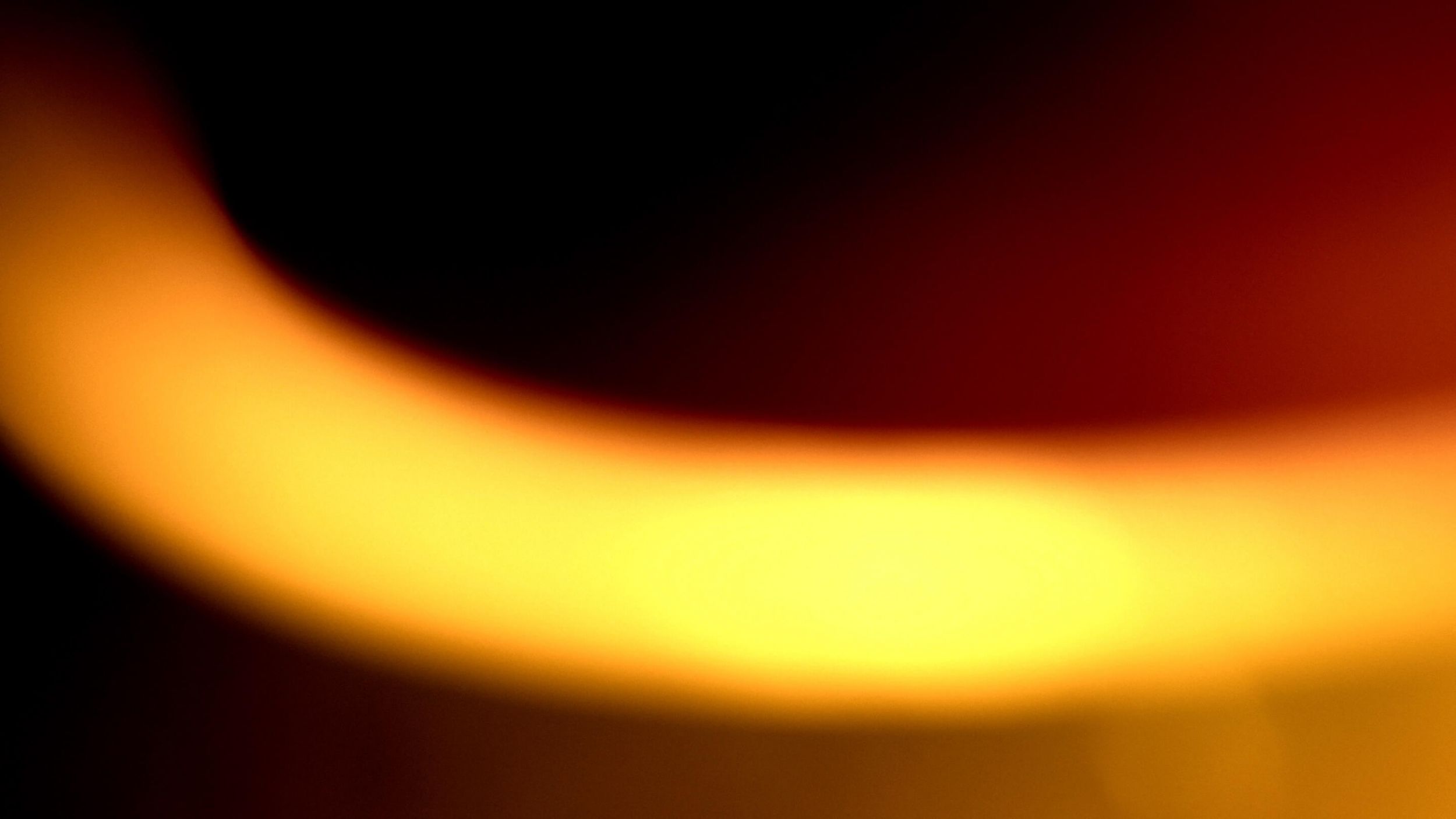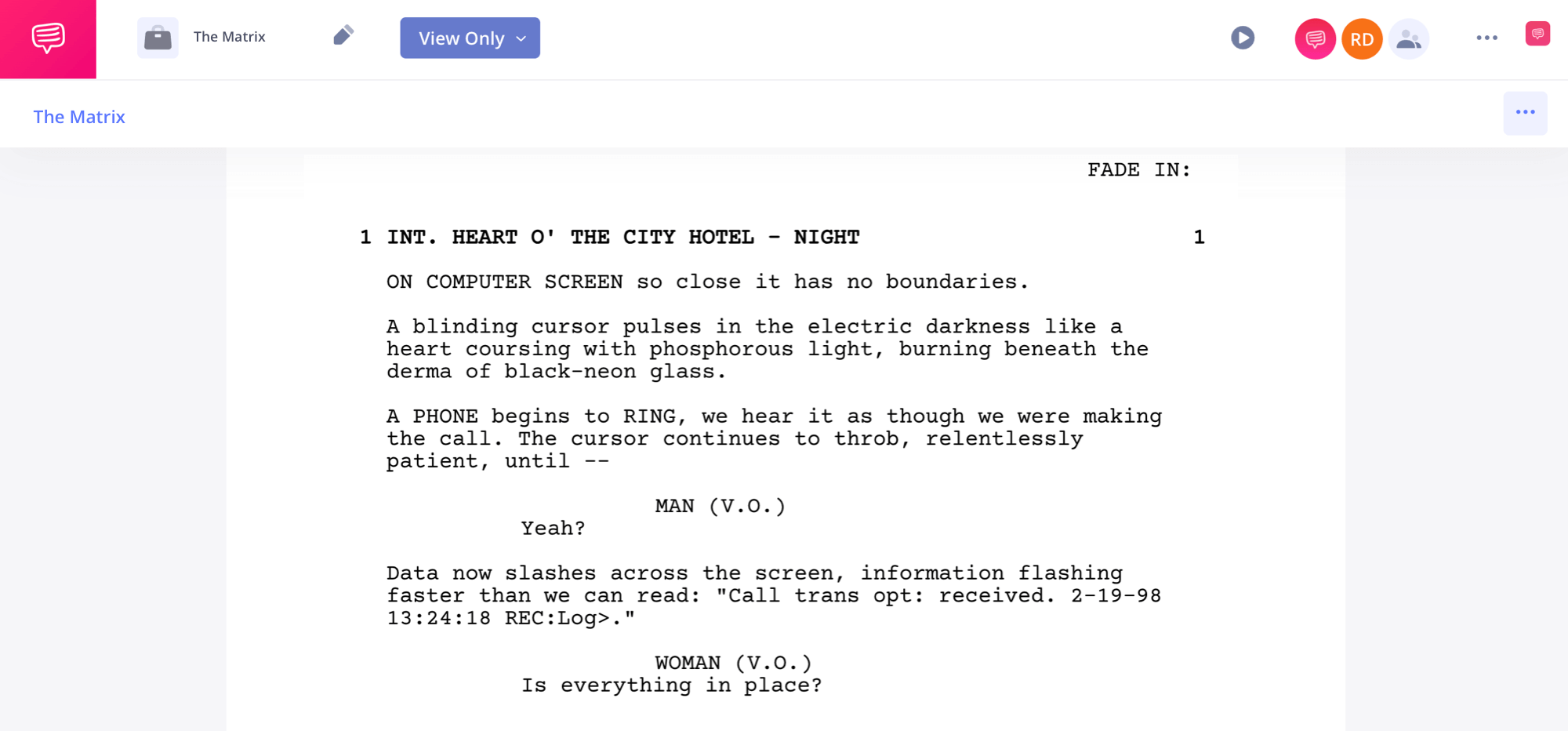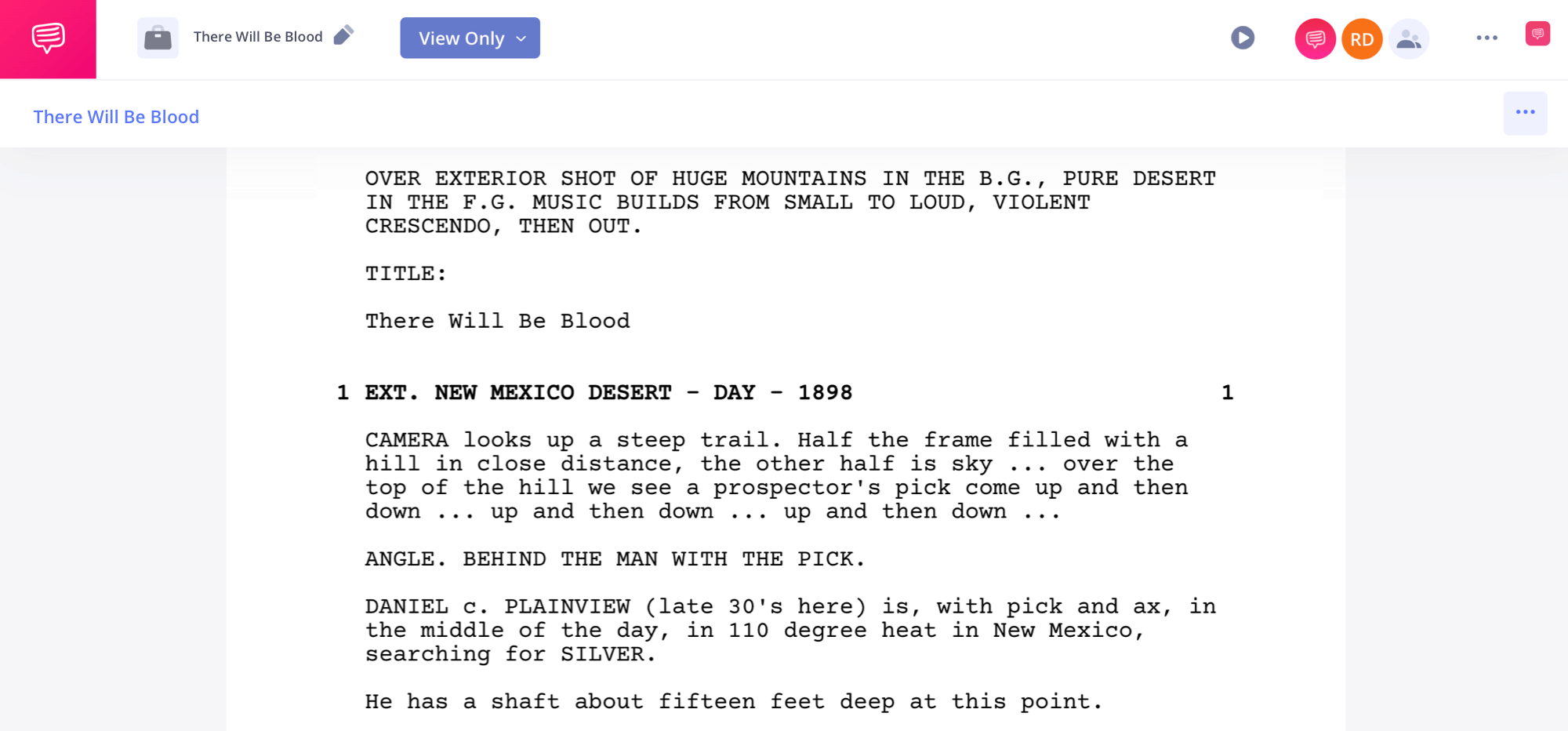Andrei Tarkovsky, one of the masters of cinema, wrote a book titled Sculpting in Time in which he gives insight into one of the most fundamental aspects of filmmaking — how to shape time in a story. One of the building blocks that filmmakers can manipulate to change the rhythm and perception of time in a film is a scene.
The amount of scenes in a movie, how long they are, and at what pace they are edited are all ways scenes impact a film. A great way to understand these concepts is to analyze how many scenes are in a movie.
How Many Scenes are in a Movie Script?
What is a scene in a movie?
A scene in a film is a segment that presents continuous action, typically in a single location and time, involving characters and dialogue that drive the movie's narrative forward and into the next scenes. Understanding this is important before we ask our next question.
HOW MANY SCENES IN A MOVIE
How many scenes are in a movie?
The simple answer is — it depends. A film’s director, editor, genre, and length all determine the number of scenes in a movie. However, a general range is anywhere between 30 - 50 scenes in a film.
A scene in a screenplay averages around 3- 4 pages. This means that an average 90-page screenplay will have around 30 scenes. Again, it’s important for us to emphasize, this varies greatly from film to film and genre to genre.
Elements that impact the number of scenes in a movie
- Director and/or writer
- Editor
- Genre
- Length of script
Impact of Scene Count
Why the Number of Scenes Matters
When we say the number of scenes in a movie matters, we don’t mean that a good film has to have a minimum or maximum number of scenes. Rather, the number of scenes directly impacts the pacing and rhythm of a film. Understanding this allows filmmakers to achieve the pacing of their story that they desire.
More scenes within a feature film will inherently mean that the pacing of the film will need to be faster to move through all of these scenes. This works well for high-octane action genre movies and comedies where a story might jump quickly from scene to scene. In this scene from The Matrix screenplay, look at how many scenes make up the first twenty pages.
The first twenty pages of The Matrix
In a drama, the length of a single scene may be drawn out, allowing room for longer dialogues, emotionally charged performances, and deeper character studies. To contrast the opening of The Matrix, take a look at the first twenty pages of one of Paul Thomas Anderson’s best films There Will Be Blood. Yes, it’s essentially only two scenes that set up the entire film.
First twenty pages of There Will Be Blood
From these two examples, it's clear that the choice between longer, fewer scenes or more, shorter scenes can both be used to create a compelling start to a movie. This leads us to our next part of this exploration where we look at how and why great filmmakers choose to use the number of scenes in their movie.
Related Posts
Scenes and Story Structure
Creative Choices and Changes
The number of scenes in a film all begins with the screenplay. Screenplays have scene numbers written into the page. But as production starts and words are adapted to the screen, scenes can be cut, replaced, or added.
As things move into production, even more scenes can be cut depending on creative choices by the editor, director, or god-forbid, notes from a studio executive. After all, we’ve all heard of deleted scenes from films that are released after a movie has been out for some time. Why do deleted scenes exist?
Sometimes creative choices to cut scenes must be made to keep a film from being overly long. They can also be cut if they ruin the narrative pacing of a film. Unfortunately, sometimes scenes are cut because studios don’t agree with their value to a film. While we all know the danger of studios’ involvement in filmmaking decisions, here’s Zach Snyder, now known for his director’s cuts known as Snyder Cuts, elaborating on why scenes are often cut from movies when working with studios.
Zack Snyder on Becoming Known for "The Snyder Cut"
Some films have fewer scenes, but each scene may take up a significant amount of screen time. Filmmakers like PTA, Quentin Tarantino, and Bong Joon-ho have all found ways to stretch scenes out to create suspense. Here’s Tarantino explaining this idea and how he stretches a scene for dramatic purposes in his films.
Tarantino on Writing Suspense in a Scene
So the question “How many scenes are in a movie?” one might entertain a new question — “Why does this movie work so well with so few or so many scenes?” This is how you can learn from the best filmmakers.
Up Next
How an Editor Creates Rhythm in a Film
Scenes are cut and spliced up by film editors. By doing so, editors can control the rhythm of a film. The importance of this and how it impacts the audience is all explored in our next article.


